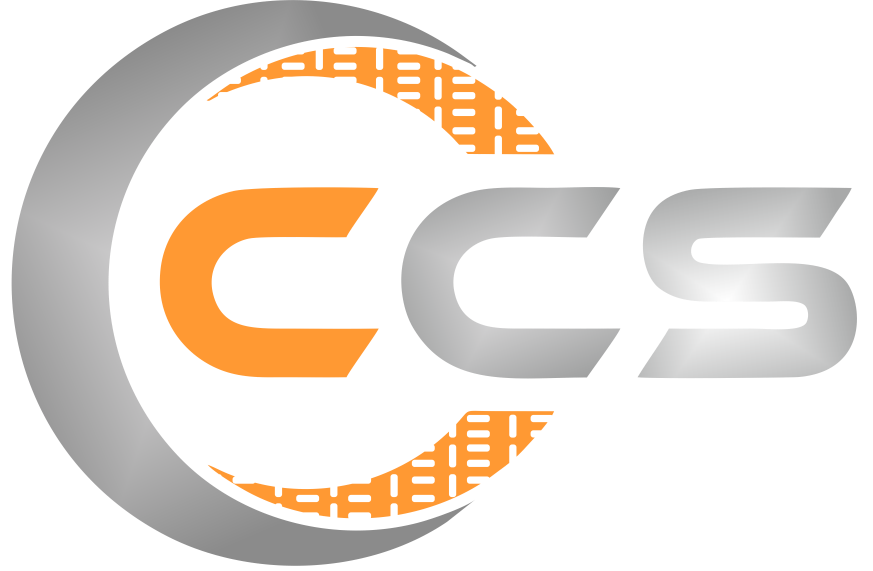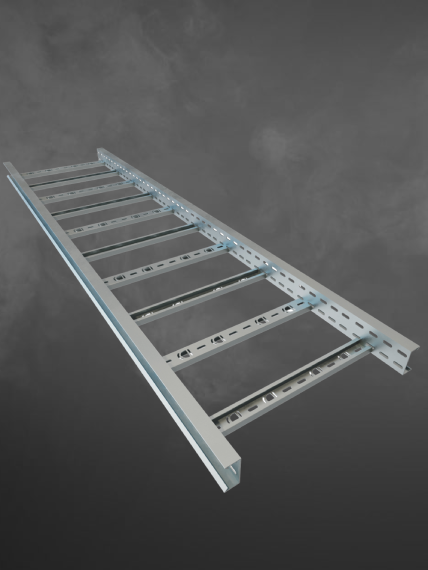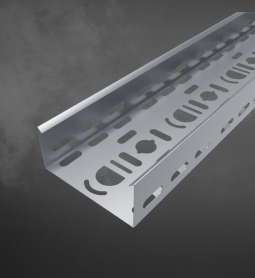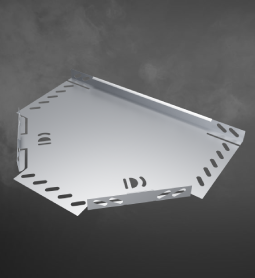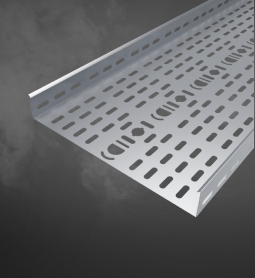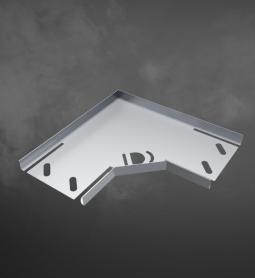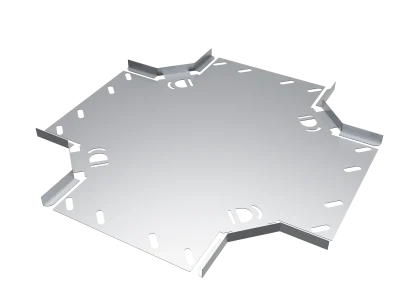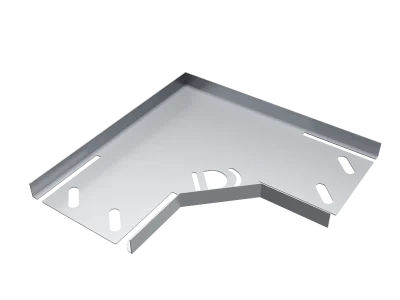Exploring the Benefits of Cable Trunking in Electrical Installations
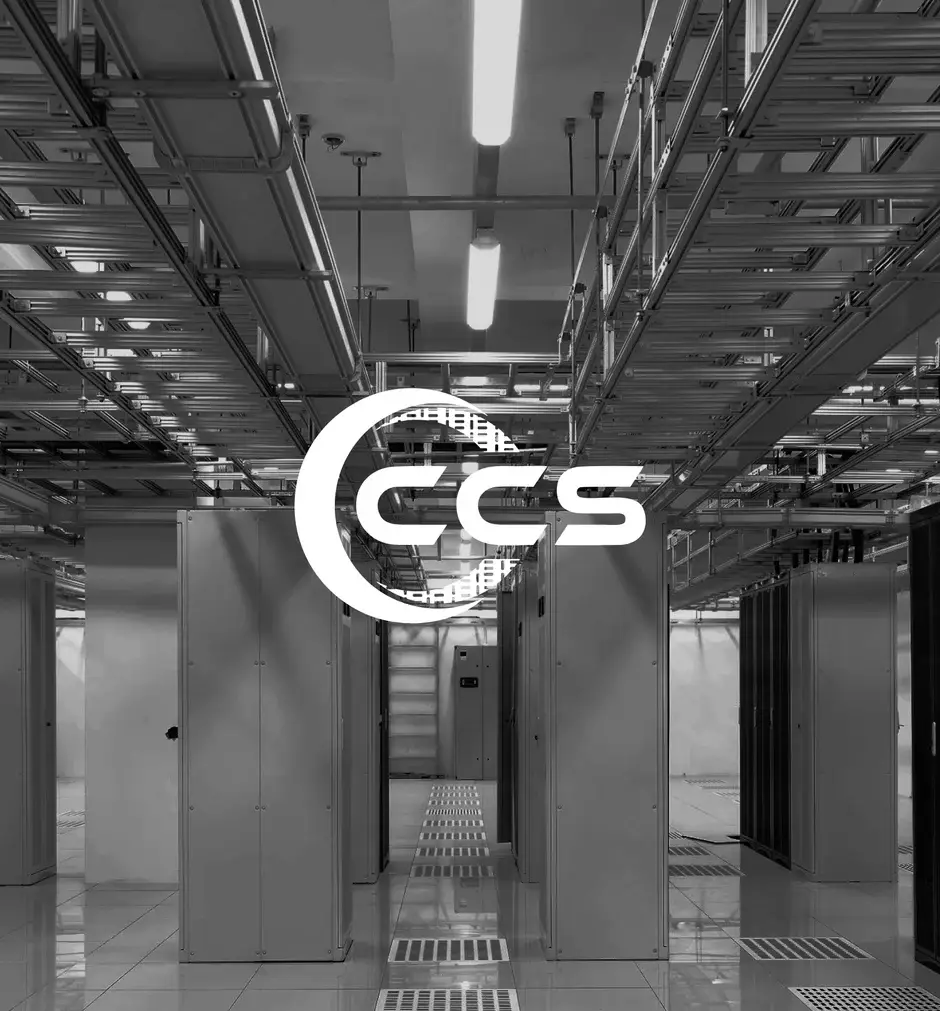
One of the key benefits of cable trunking is its modularity. Sections can be easily connected and adjusted to accommodate changes in wiring layouts. This adaptability makes it an excellent choice for projects where frequent modifications are anticipated, such as office spaces and data centers.
What is Cable Trunking? An Overview of Its Design and Use Cases
Cable trunking is a versatile cable management solution designed to protect and organize electrical wiring within enclosed channels. These systems are commonly used in commercial, residential, and industrial installations to prevent cable damage and enhance aesthetics. Cable trunking is available in a variety of materials, including PVC, steel, and aluminum, offering flexibility for different applications.
Recent advancements in cable trunking technology have introduced features that cater to modern infrastructure needs. For example, fire-resistant trunking systems are now available to enhance safety in high-risk environments. Additionally, some trunking systems are designed with integrated dividers to separate different types of cables, such as power and data, reducing interference and improving performance.
Smart trunking solutions with built-in cable routing guides and snap-on covers have also gained popularity. These features simplify installation and maintenance, saving time and labor costs. As the demand for efficient and reliable cable management grows, innovations in cable trunking continue to evolve, offering tailored solutions for diverse applications.
Advantages of Using Cable Trunking Over Other Cable Management Systems
Cable trunking provides several advantages over alternative systems. Its enclosed design offers superior protection against environmental factors such as dust, moisture, and physical damage. This makes it particularly suitable for settings where cables are exposed to harsh conditions.
In addition to protection, cable trunking enhances the visual appeal of installations by concealing wiring. This is especially valuable in commercial and residential spaces where aesthetics are a priority. The system also simplifies maintenance by allowing easy access to cables through removable covers, reducing downtime during inspections and repairs.
Cost-effectiveness is another significant advantage. Compared to other cable management solutions, cable trunking requires minimal maintenance and offers long-term durability, making it a budget-friendly choice for many projects.
